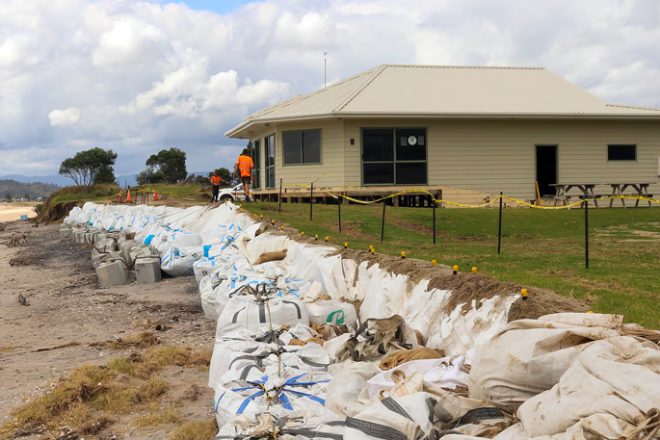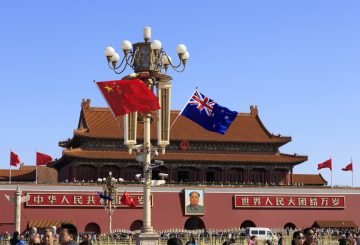휘티앙가의 머큐리 베이 보트 클럽은 이전 활동에 대한 지원을 요청하고 있습니다.이 클럽의 오래된 시설은 사이클론 헤일 (Hale) 으로 인해 해안을 따라 심각한 침식 피해를 입었습니다.클럽은 던다스 스트리트 (Dundas St) 가 바다와 가깝고 마을의 정박지가 있고 지구 계획 구역이 정박해 있다는 점을 고려하여 적합한 새 장소로 선정했습니다.
클럽 코모도어 사이먼 롤린슨 (Simon Rawlinson) 은 최근 열린 커뮤니티 이사회에서 클럽의 이전 계획에 대해 대중에게 알렸습니다.클럽은 이번 이전을 위해 이사회의 지원을 구하고 있습니다.롤린슨은 자연보호부 (DoC) 의 조치가 예상치 못한 속도로 진행되어 클럽이 이사회에 일찍 접근하지 못한 것을 유감스럽게 생각합니다.
클럽은 2023년 12월에 처음으로 DoC에 이전 신청을 했고, 6~9개월 내에 응답이 올 것으로 예상했다.그러나 그들은 3월에 신청서가 4월에 공개될 것이라는 내용의 서신을 받았습니다.
이러한 어려움에도 불구하고 클럽은 지역사회에 봉사하기 위해 최선을 다하고 있습니다.클럽은 잠재적 유적지를 철저히 조사하고 있습니다.현재 위치는 지속적인 침식 위협이 있는 문화유산으로 등재되어 보험에 가입할 수 없습니다.이들이 선호하는 곳은 해양 서비스 구역인 던다스 스트리트 (Dundas St) 부지다.
커뮤니티 보드는 클럽의 제출을 검토하기로 합의했으며 커뮤니티의 의견을 구한 후 결정을 내릴 것입니다.클럽이 DoC에 제출한 신청서에는 던다스 스트리트 부지는 1990년대 후반 클럽하우스 건설 당시에는 존재하지 않았던 매립지라고 명시되어 있습니다.만약 그랬다면 클럽은 그곳에 클럽하우스를 설립하려고 했을 것입니다.
클럽은 2374m²의 면적을 임대할 것을 제안하는데, 이는 환경에 큰 영향을 미치지 않거나 보호구역 또는 보트 경사로에 대한 일반인의 접근을 제한하지 않을 것이라고 주장합니다.클럽은 지역사회의 강력한 지지와 성공적인 주니어 세일링 프로그램을 통해 현재의 어려움을 극복하겠다는 결의를 다지고 있습니다.
클럽의 이전 신청서는 5월 9일까지 공개적으로 제출할 수 있습니다.제출 양식은 온라인으로 제공됩니다.




























































